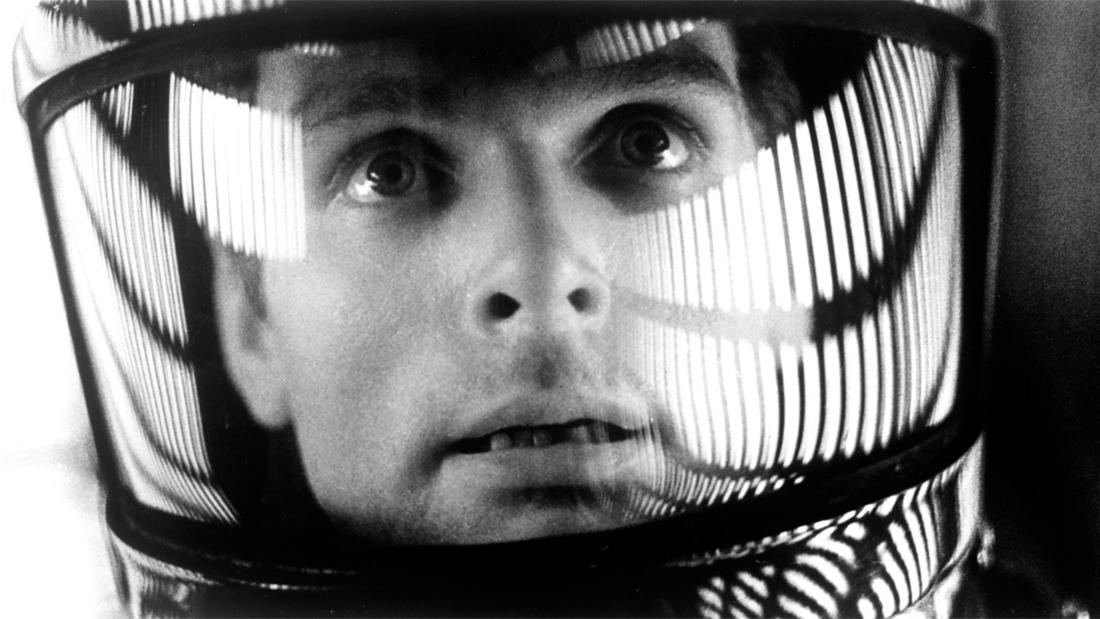
Athena Cinema Athens, OH
John Gurche
Paleoartist
2001: A Space Odyssey— Anthropology and Human Evolution: Past, Present, and Future
Program Description
A discussion on how far we've come and what the next step in evolution will look like.
Presented At
Athena Cinema Athens, OH
Film Synopsis
Humanity finds a mysterious, obviously artificial object buried beneath the Lunar surface and, with the intelligent computer HAL 9000, sets off on a quest.
Dr. Dave Bowman (Keir Dullea) and other astronauts are sent on a mission to discover the origin of a mysterious monolith discovered beneath the Lunar surface. As the team heads toward Jupiter, their ship's computer system, HAL, begins to display increasingly strange behavior, leading to a tense showdown between man and machine that results in a mind-bending trek through space and time. Director Stanley Kubrick's adaptation of Arthur C. Clarke's best-selling book is a landmark production, perhaps the most respected science-fiction film of all time. The groundbreaking special effects and trippy visuals offer a mix of imagination and science, and the film itself serves as a profound commentary on man's relation to machines, the universe, and life itself.
About the Speaker
John Gurche is an American artist known for his paintings, sculptures, and sketches of prehistoric life, especially dinosaurs and early humans. Gurche studied anthropology and paleontology at the University of Kansas. His works have been on display at the American Museum of Natural History, the Field Museum of Natural History, and the Smithsonian Institution. He has created illustrations for National Geographic, and designed a set of four dinosaur-themed stamps that were released by the US Postal Service in 1989. Due to his paintings of dinosaurs, Gurche served as a consultant for the movie Jurassic Park.
In 2000, he received the Lanzendorf PaleoArt Prize from the Society of Vertebrate Paleontology for his mural of Sue the Tyrannosaurus, a piece which accompanies the dinosaur's skeleton at the Field Museum.
In 2013, he published a book detailing his work on the 15 paleoanthropology projects he had completed for the Smithsonian Institution's National Museum of Natural History's Hall of Human Origins titled Shaping Humanity: How Science, Art and Imagination Help Us Understand Our Origins.